A Cataract is when naturally clear eye lenses become cloudy. It is usually age-related, although it can develop at any age, and some types can be congenital. The causes of the condition are not entirely known, but metabolic changes in the body related to aging are suspected to have the greatest significance.
The eye lens is a clear, round, flexible structure behind your iris. When the lens is healthy, you cannot see it, but when cataracts develop, you can see a cloudy lens through the pupil. The lens is built out of proteins. With age, those proteins break, leaving cloudy elements that worsen the vision.
The most significant symptom of the condition is the gradual worsening of the vision. People affected by this condition see the world “through the dirty window.” If left untreated, it leads to impaired essential everyday activities and almost complete vision loss.
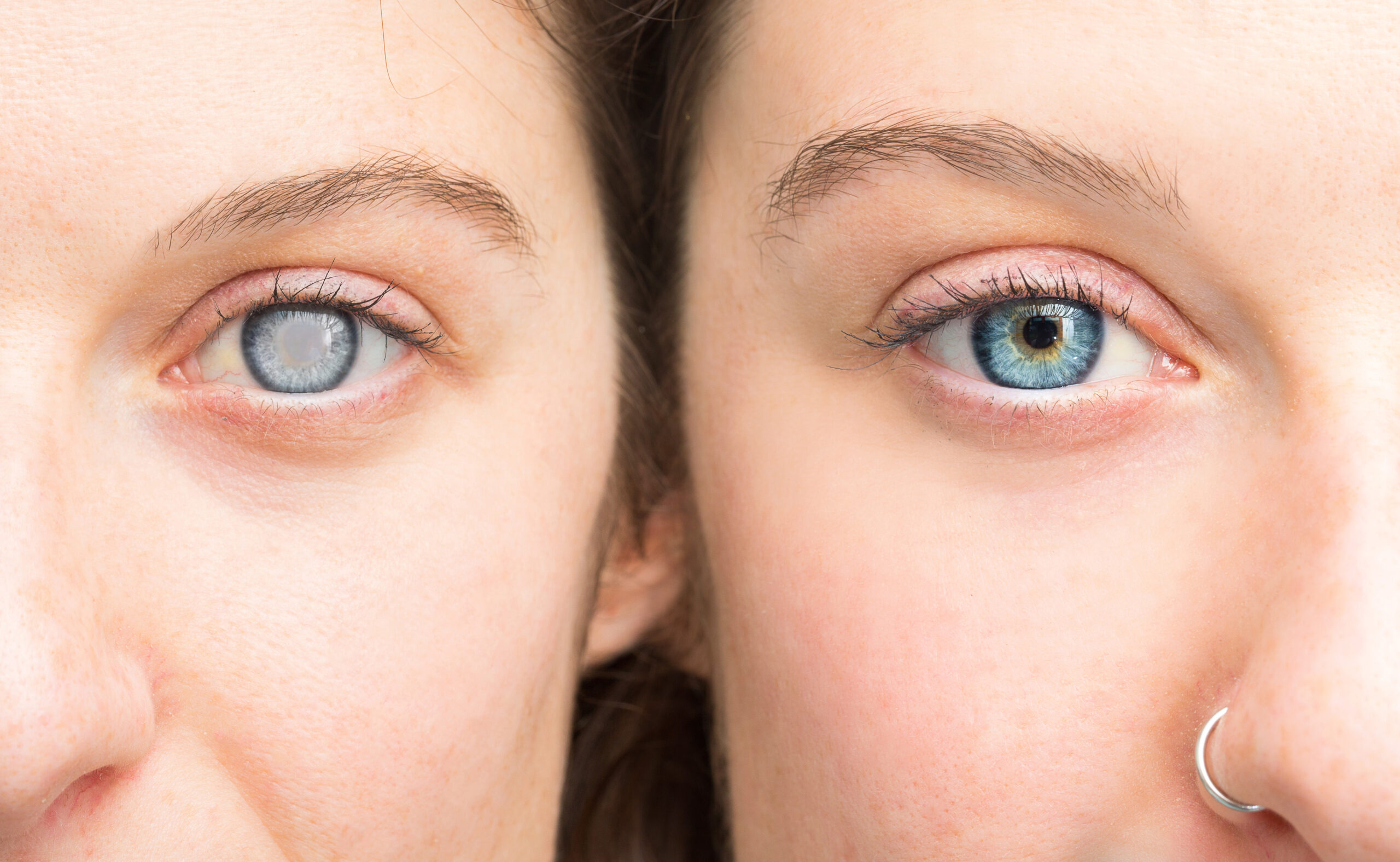
The eye lens is a round, flexible structure behind the iris that enables light to concentrate in the retina's center (the layer at the back of the eye that receives light rays and creates an image). It is built of several parts: the nucleus in the center, the cortex surrounding the nucleus, and the capsule that holds it all together.
For you to see clearly, the light must concentrate on the macula (a special place of the retina). Muscles surrounding the eye lens change shape by contracting and relaxing, which makes it possible to see objects from near and far.
A healthy lens has a clear build-up of proteins. As we age, those proteins break, leading to lens cloudiness. When the lens is cloudy, light is not concentrated at the retina correctly, leading to unclear vision.
The primary cause of cataracts is aging, which causes the most common type of the condition -age-related. With age, the proteins that build up the lens break down, leaving it cloudy. Some other causes of the condition include:
Cataract is one of the most common eye conditions worldwide. Surgery is the only long-term solution. However, only some realize that there are several types of cataracts.
When the cloudy area of the lens is placed in the center of the eye, it is called a nuclear cataract![]() . Symptoms of this type include seeing blurry objects far away with clearly seen near objects. Colors may also become difficult to tell apart. As this type of disease progresses, near vision also becomes impaired. The condition progresses slowly compared to other types of the disease.
. Symptoms of this type include seeing blurry objects far away with clearly seen near objects. Colors may also become difficult to tell apart. As this type of disease progresses, near vision also becomes impaired. The condition progresses slowly compared to other types of the disease.
When edge parts of the lens are affected, the disease is called cortical cataract![]() . Cloudiness of the lens's edges leads to glowing problems, especially at night. Apart from increasingly worse vision, in that type, people have trouble seeing in the dark, for example, while driving a car.
. Cloudiness of the lens's edges leads to glowing problems, especially at night. Apart from increasingly worse vision, in that type, people have trouble seeing in the dark, for example, while driving a car.
A cataract developing in the back part of the lens, under the capsule, is called a posterior subcapsular type. It typically occurs in younger people and progresses quickly![]() . It starts as a small unclear spot at the back of the lens, which expands, occupying more and more of the eye lens. This type primarily affects near vision and causes problems with seeing lights at night.
. It starts as a small unclear spot at the back of the lens, which expands, occupying more and more of the eye lens. This type primarily affects near vision and causes problems with seeing lights at night.
Although the disease is typical for older people, it can happen at any age, including in children. The condition is congenital![]() when a child has a cloudy eye lens. It can affect one or both eyes. If both eyes are concerned, one is often more advanced.
when a child has a cloudy eye lens. It can affect one or both eyes. If both eyes are concerned, one is often more advanced.
Factors that lead to the condition in children include genetics, viral infections during pregnancy (rubella, measles), and eye injuries. The primary treatment method for children is surgery. If a child develops a lazy eye during the condition, they usually need to patch (cover) the healthy eye to strengthen vision in the weaker eye.
A cataract is a common condition that becomes increasingly common with age—more than 60% of people after 80 in the United States are affected by it. The disease is one of the leading causes of impaired vision worldwide.
Cataract surgeries are the most commonly performed ophthalmologic surgeries, and around 26 million![]() surgeries are performed annually.
surgeries are performed annually.
Cataracts may affect anyone. However, the condition typically affects people over 50, and the prevalence rises with age. Because of that, people after 50 should get regular eye exams. Other people whom the disease affects more often include people with diabetes, after-eye injuries, and those smoking.
Some people are at a higher risk of developing cataracts than others. Risk factors include:
The primary symptom of cataracts is the gradual worsening of vision. People affected by the condition describe their vision as seeing the world behind a dirty window. At the initial stages of the disease, symptoms are hard to catch as the pupil’s color has not changed. Often, people at the initial stages confuse cataracts with needing stronger glasses. They start thinking about further diagnostic tests when it doesn’t help or happens repeatedly.
At the more advanced stages of the condition, the eye lens becomes cloudy, which can be seen as the white pupil area. Vision becomes hazy and increasingly blurry, leading to a complete impairment of vision. The affected person struggles with everyday tasks such as reading or walking around the house.
As the possible cataract symptoms, doctors mention:
Vision deterioration![]() should worry you, especially people over 50. The risk of cataracts increases as you get older, and every symptom that may suggest it should be checked.
should worry you, especially people over 50. The risk of cataracts increases as you get older, and every symptom that may suggest it should be checked.
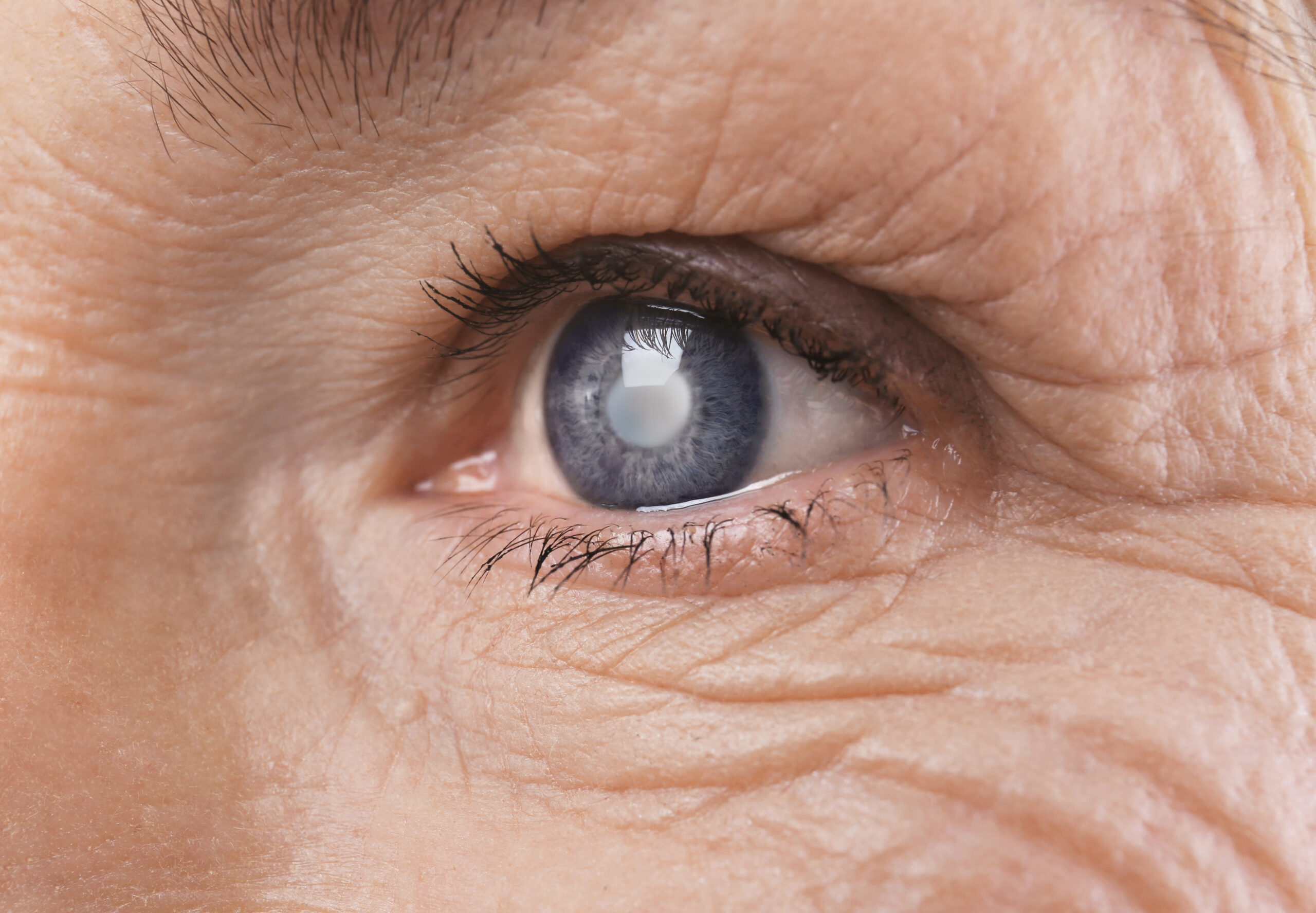
To diagnose cataracts, you usually need to see an eye doctor. First, a medical and family history review is performed. Then, an eye examination consisting of several tests is performed. Those tests include:
Cataract treatment primarily consists of surgery. It is the only way to restore complete, clear vision. The surgery![]() is typically recommended when the cloudiness of the eye lens starts to affect your quality of life. So, when the condition makes it hard for you to read or drive at night, you should consider having a surgical procedure.
is typically recommended when the cloudiness of the eye lens starts to affect your quality of life. So, when the condition makes it hard for you to read or drive at night, you should consider having a surgical procedure.
You will probably have regular eye doctor follow-up exams if the cataract is detected in you. When they decide it’s time to consider surgery, they will let you know.
The surgery consists of fragmenting and removing the cloudy lens and replacing it with an artificial one. Depending on the surgery technique, the natural lens’s capsule remains in the eye, and the artificial lens is put in the natural lens’s place. This way, the artificial lens is still connected with the muscles. In some people, artificial lenses can’t be used, so the surgery only removes the cloudy lenses. Then, vision is corrected with glasses.
This surgery typically does not require a hospital stay. It is performed on an outpatient basis in a few hours. If you have this procedure, you will probably have local anesthesia, which means the doctor will numb the area with medications, and you will stay awake during the surgery.
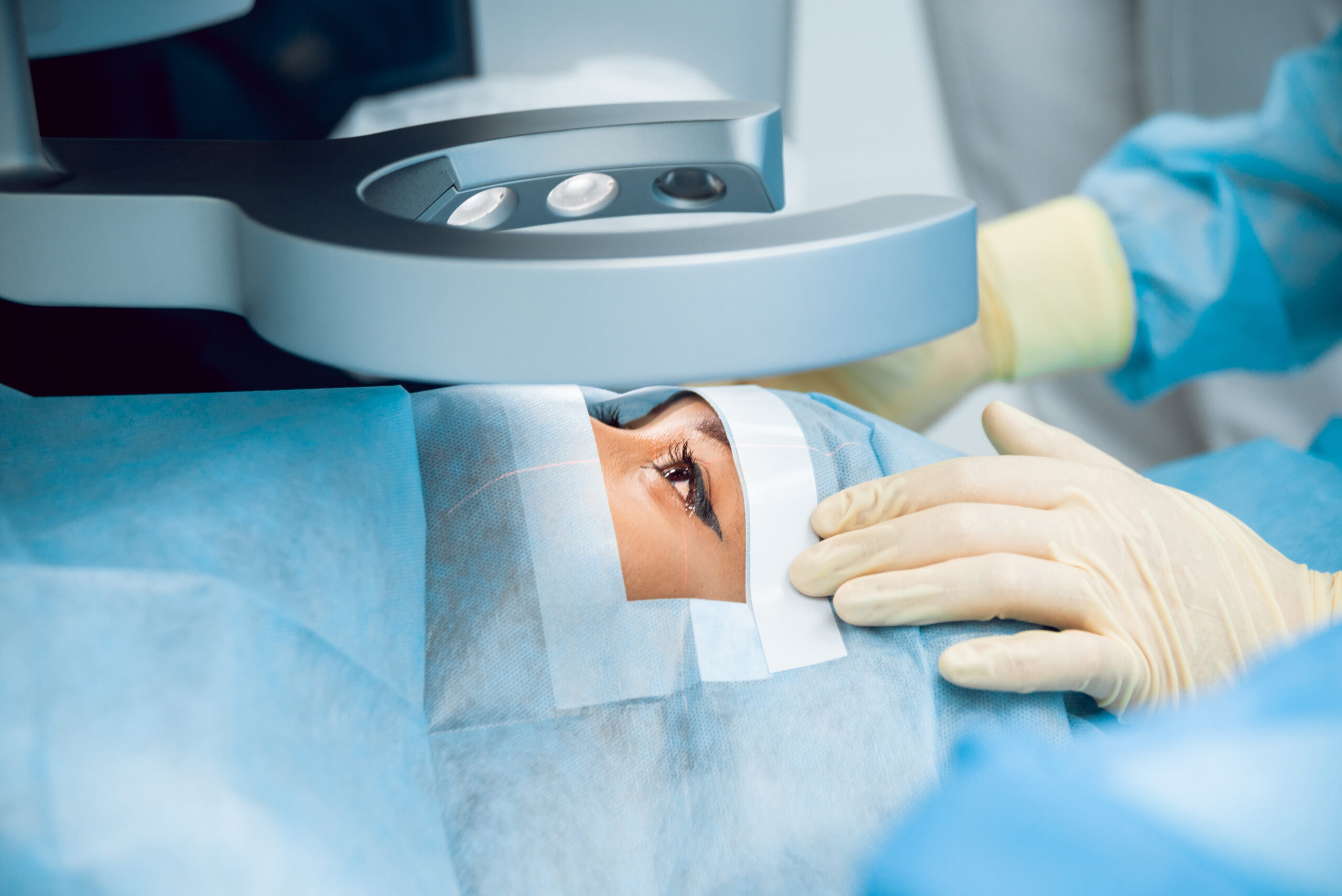
Although the surgery is considered safe, as with any procedure, it carries the risk of bleeding and infections.
Full recovery from an operation usually takes 4-6 weeks![]() . During the first few days, you may experience symptoms such as watering, blurred vision, and bloodshot eyes, which are normal and should improve quickly.
. During the first few days, you may experience symptoms such as watering, blurred vision, and bloodshot eyes, which are normal and should improve quickly.
Some people will need new glasses after the procedure, which can be ordered after fully recovering. Remember to take prescribed medications as instructed by the doctor after the surgery, wear sunglasses outdoors, and wear an eye shield at night and during showers for at least a week. It would be best if you took it easy for a few days after the procedure and did not drive until you got an all-clear from your physician.
Seek help from the eye surgery department if symptoms such as increased pain or decreased vision occur or if the side effects of the surgery persist for a long time.
Generally, there is no way to prevent cataract development, as the disease is usually connected to tissue aging. You can, however, reduce some of your risk factors and catch the condition early. In taking care of your eye health, the following are helpful:
If you notice any signs of worsening vision, you should schedule a visit to an eye doctor, especially if you’re over 50. Regular eye exams will probably be needed if you are diagnosed with cataracts. Then, the doctor will choose the right moment to perform cataract surgery. A doctor who diagnoses and treats eye conditions is called an ophthalmologist.
You should prepare some information before going to the appointment. The questions you can expect include the following:
Table of Contents
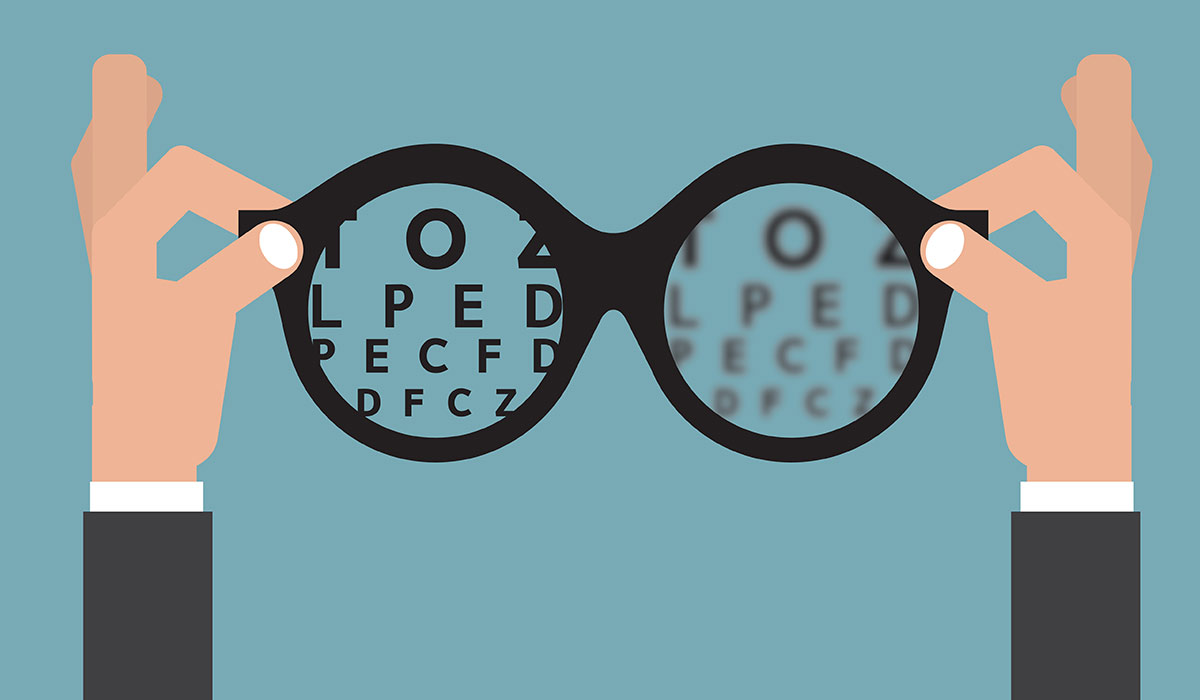
Myopia, also called nearsightedness, is an eye condition in which distant objects appear blurry. Here is everything you need to… read more »

Strabismus is an eye misalignment, a condition when eyes look in different directions. It can affect both children and adults.… read more »

Astigmatism is one of the most common vision defects in the world. It causes blurred vision of objects both at… read more »
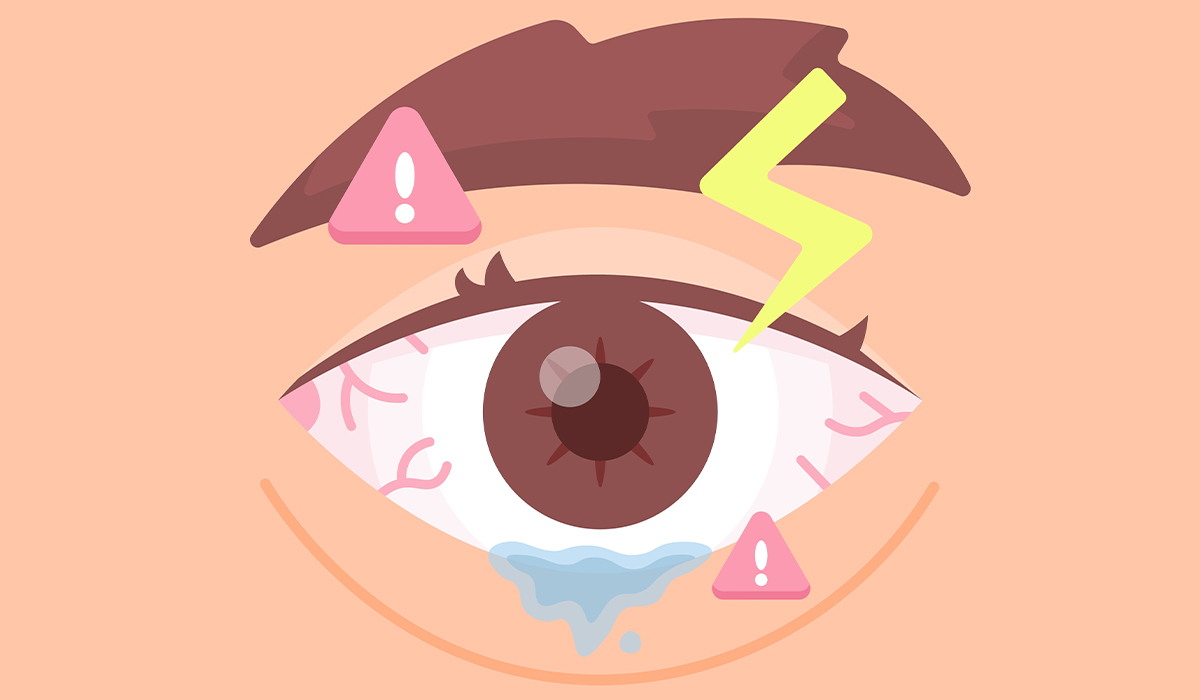
Eye infections are common conditions where an eye becomes red, itchy, and painful. What are the common causes? How is… read more »

Blurry vision is a symptom that can indicate a minor eye condition, but also a systemic disease or cancer. Find… read more »
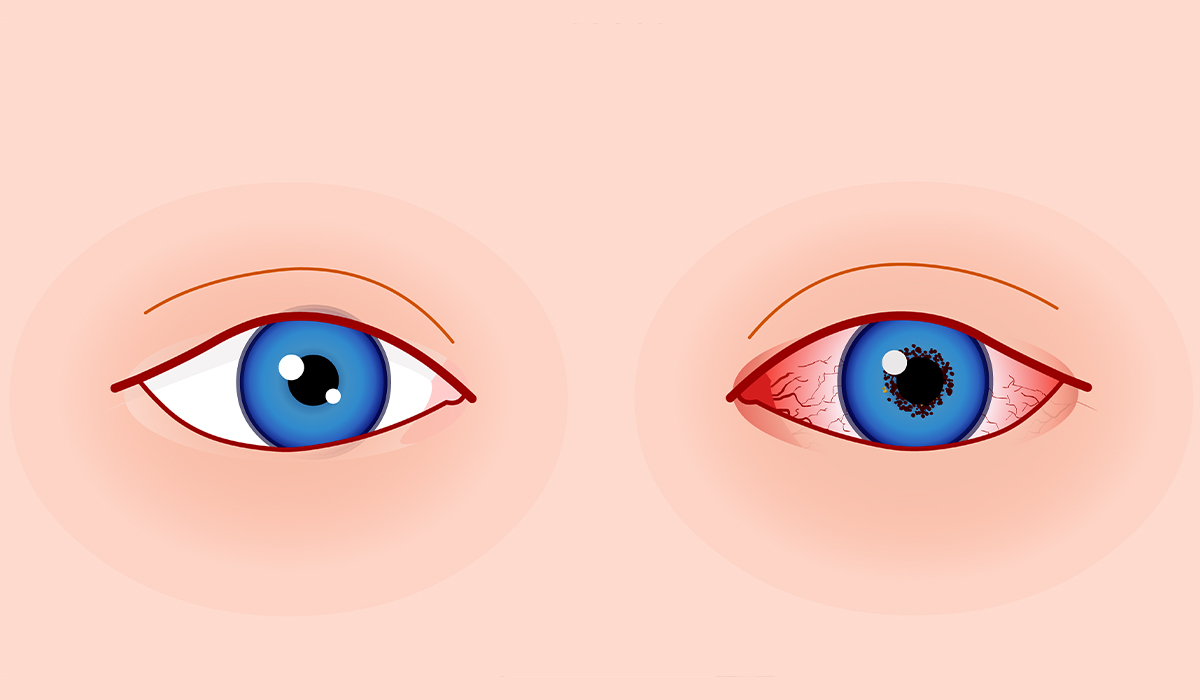
Uveitis is when the uvea, the central section of the eye that consists of the iris, ciliary body, and choroid, becomes inflamed.… read more »

Pink eye is one of the most frequently diagnosed ophthalmological diseases. It may be bacterial, allergic or viral. What are… read more »
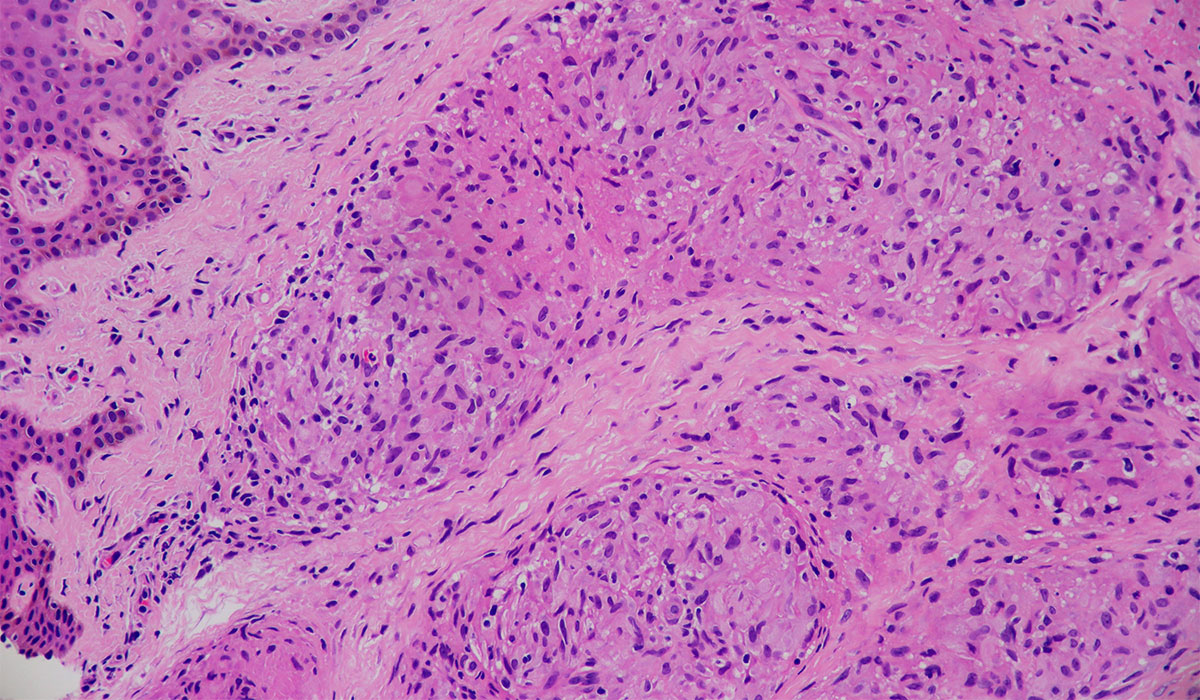
Sarcoidosis is an autoimmune disease, meaning the body attacks its own tissues. What are the symptoms of sarcoidosis? How is… read more »

Albinism is a genetically determined disease. See how to spot the first signs of albinism. Learn about the risks associated… read more »